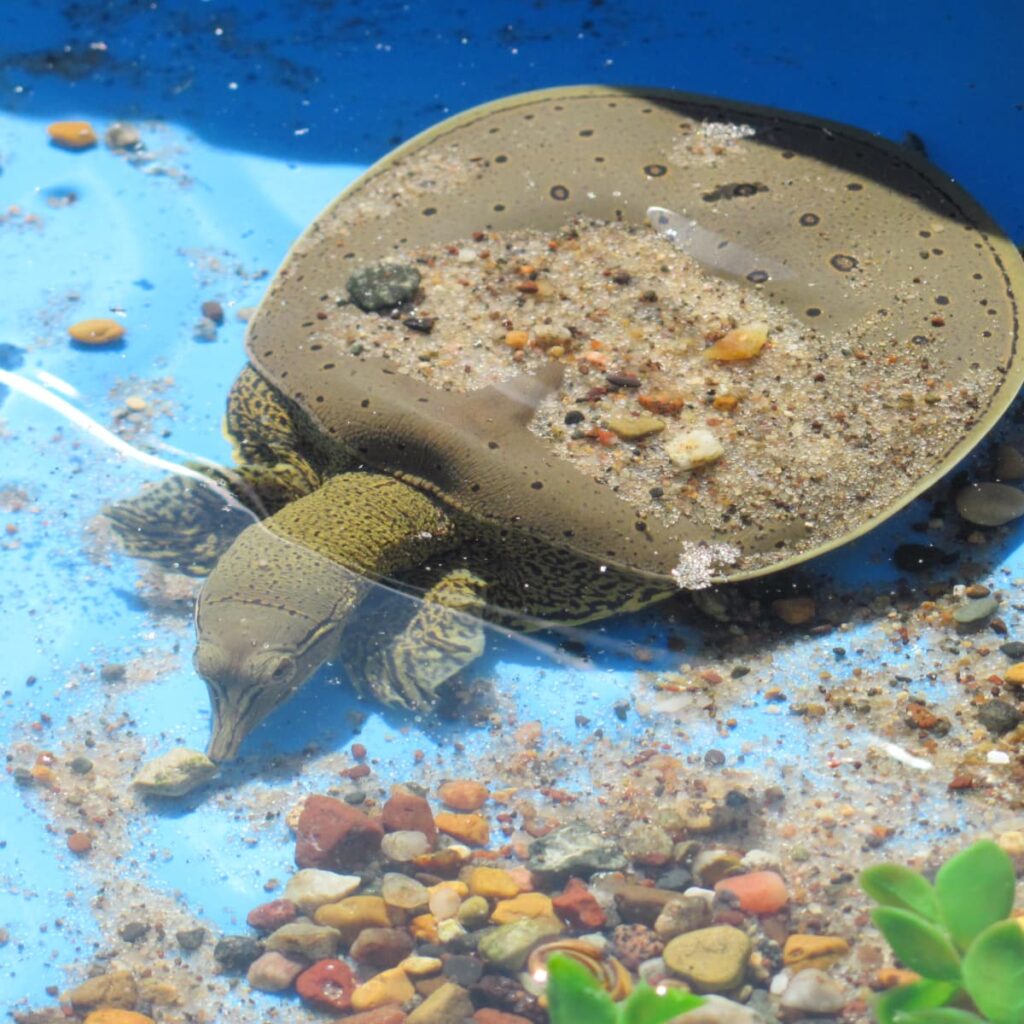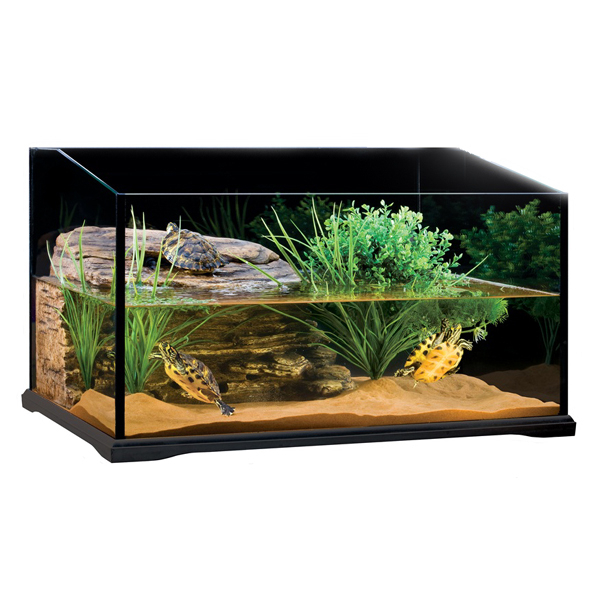So you’ve decided to keep a pet turtle and want to create a safe and comfortable habitat for your new companion. Whether you’re a first-time turtle owner or have some experience, it’s important to understand the key elements that contribute to a healthy living environment for these reptiles. From providing the right tank size and temperature to choosing the appropriate substrate and decor, this article will guide you through the essentials of creating an inviting and secure habitat that your pet turtle will thrive in.
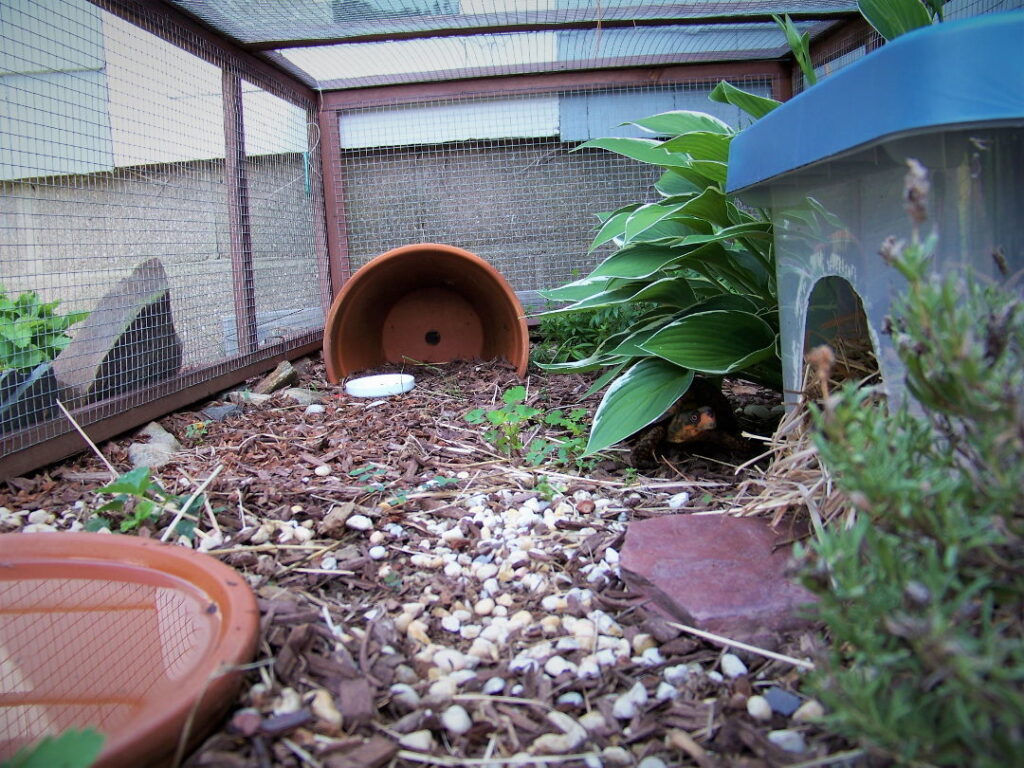
Choosing the Right Size and Type of Habitat
When it comes to choosing the right size and type of habitat for your pet turtle, there are a few key factors to consider. The first step in determining the size of the habitat is to consider the adult size of your turtle. Some turtle species can grow quite large, while others will stay relatively small. It’s important to choose a habitat that is appropriate for the adult size of your turtle to ensure they have enough space to move around comfortably.
In addition to the size of the habitat, you’ll also want to consider the appropriate type of habitat for your pet turtle. Different species of turtles have different habitat preferences, so it’s important to do your research and understand the specific needs of your turtle. Some turtles prefer aquatic environments, while others may require a mix of aquatic and terrestrial areas.
Creating a Proper Environment
Once you’ve determined the size and type of habitat for your pet turtle, it’s time to create a proper environment to ensure their comfort and well-being. Here are some key aspects to consider:
Maintaining Optimal Temperature and Lighting
Turtles are ectothermic animals, which means they rely on external sources for their body heat. It’s crucial to maintain an optimal temperature in the habitat to support their overall health. Research the specific temperature requirements of your turtle species and invest in a reliable thermometer to monitor the temperature regularly. Additionally, provide appropriate lighting, such as UVB bulbs, to mimic natural sunlight and enable Vitamin D synthesis.
Providing Adequate Humidity and Moisture
Turtles require a certain level of humidity and moisture in their habitat to prevent dehydration and maintain respiratory health. The ideal humidity levels will depend on the species of turtle you have, so it’s important to research and provide the necessary conditions. This can be achieved by incorporating water features, such as a shallow pool or a misting system, and regular monitoring of humidity levels.
Ensuring Proper Ventilation
Proper ventilation is essential in maintaining a healthy habitat for your pet turtle. An enclosure with good airflow helps prevent the build-up of toxins and ensures fresh air circulation. Avoid placing the habitat in areas with excessive humidity or temperature fluctuations. Natural ventilation can be promoted by using a screened lid or incorporating fans in the enclosure, if necessary.
Using the Right Substrate
Choosing the right substrate is crucial for the comfort and well-being of your pet turtle. Some turtles prefer a sandy substrate, while others may require a mix of soil and peat moss. It’s important to research the specific substrate preferences of your turtle species and provide a substrate that allows for proper burrowing and nesting behaviors. Avoid substrates that can be ingested and potentially cause health issues.
Adding Decorations and Hiding Places
To create a stimulating and enriching environment for your pet turtle, include decorations and hiding places in their habitat. Large rocks, driftwood, and artificial plants can provide climbing surfaces and hiding spots for your turtle. These additions not only make the habitat visually appealing but also provide opportunities for exercise and mental stimulation.
Setting Up a Secure Enclosure
Ensuring the safety and security of your pet turtle is of utmost importance. Here are some steps you can take to set up a secure enclosure:
Selecting an Escape-Proof Tank
Choose a tank or enclosure that is appropriate for the size of your turtle and one that is escape-proof. Turtles are known to be adept climbers and escape artists, so it’s important to select a tank or enclosure with secure sides that cannot be easily scaled or opened.
Installing a Secure Lid or Cover
To further prevent any potential escapes, install a secure lid or cover on the enclosure. This will help keep your turtle safe inside and also protect them from any outside disturbances. Ensure that the lid or cover is sturdy and cannot be easily removed by curious pets or children.
Preventing Other Pets or Predators from Accessing the Habitat
If you have other pets in your home, it’s important to prevent them from accessing your turtle’s habitat. Some pets may view turtles as prey or may inadvertently harm them. Keep the habitat in a secure area or use barriers to prevent other pets from coming into contact with your turtle. Additionally, ensure that the habitat is protected from any potential predators, both indoors and outdoors.
Installing a Filtration System
Maintaining clean water in your turtle’s habitat is essential for their health and well-being. Installing a filtration system will help ensure the water remains clear and free from harmful substances.
Understanding the Importance of Filtration
A filtration system plays a vital role in maintaining a healthy aquatic environment for your pet turtle. It helps remove waste, excess food, and other impurities from the water, preventing the build-up of harmful bacteria and maintaining water quality.
Choosing the Right Filtration System for Your Turtle’s Habitat
There are different types of filtration systems available for turtle habitats, including mechanical, chemical, and biological filters. Each system has its own advantages, so it’s important to choose one that meets the specific needs of your turtle and the size of their habitat.
Maintaining and Cleaning the Filtration System
Regular maintenance and cleaning of the filtration system are essential to ensure its effectiveness. Follow the manufacturer’s instructions for proper cleaning and replacement of filter media. This will help prevent the accumulation of debris that could compromise the filtration process and potentially harm your turtle.
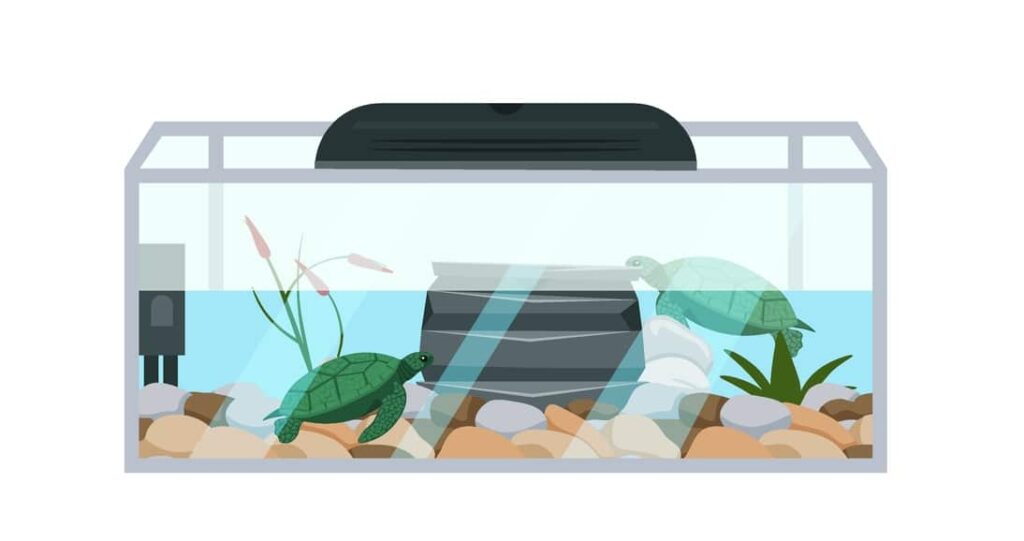
Providing the Right Heat Source
Turtles are ectothermic creatures, meaning they rely on external heat sources to regulate their body temperature. It’s crucial to provide the right heat source in your turtle’s habitat to ensure their overall health and well-being.
Understanding the Heating Needs of Turtles
Turtles have specific temperature requirements, both for the water and the basking areas in their habitat. Water temperature should be maintained within a range that is suitable for your turtle species, typically between 75-85 degrees Fahrenheit. Basking areas should have a temperature gradient, with the warmest spot being around 90 degrees Fahrenheit.
Selecting the Proper Heating Equipment
To provide the right heat source, you’ll need to choose the proper heating equipment for your turtle’s habitat. This may include submersible heaters for the water, heat lamps for basking areas, and thermostats to regulate temperatures. It’s important to select high-quality equipment that is both safe and reliable.
Monitoring and Adjusting the Temperature
Regularly monitor the temperature in your turtle’s habitat to ensure it remains within the appropriate range. Use a reliable thermometer to check the water and basking areas regularly. If necessary, make adjustments to the heating equipment to maintain the desired temperatures. Remember, an optimal temperature regime is crucial for your turtle’s digestion, metabolism, and overall health.
Ensuring a Balanced Diet
Providing a balanced and nutritious diet is vital for the health and well-being of your pet turtle. Here are some key points to consider when it comes to their diet:
Understanding the Nutritional Requirements of Turtles
Different turtle species have varying dietary needs, so it’s important to research the specific nutritional requirements of your turtle. Generally, a balanced turtle diet consists of a variety of proteins, vegetables, and fruits. Consult with a reptile veterinarian or do thorough research to determine the appropriate diet for your turtle.
Offering a Variety of Foods
To ensure your turtle is receiving all the necessary nutrients, offer a variety of foods. This can include commercial turtle pellets, live or frozen insects, leafy greens, fruits, and even small amounts of cooked lean meat. Providing a diverse diet will help prevent nutritional deficiencies and promote overall health.
Avoiding Harmful Substances
Certain foods are toxic to turtles and can cause severe health issues. Avoid feeding your turtle foods that are high in fat, salt, or sugar, as well as toxic foods like onions, garlic, avocados, and chocolate. Always research and make sure the foods you offer are safe for your turtle.
Providing Supplements if Necessary
In some cases, turtles may require additional supplements to meet their nutritional needs. Calcium and vitamin D3 are particularly important for maintaining healthy bones and shell growth. Consult with a reptile veterinarian to determine if your turtle requires any supplemental vitamins or minerals and get guidance on appropriate dosages.
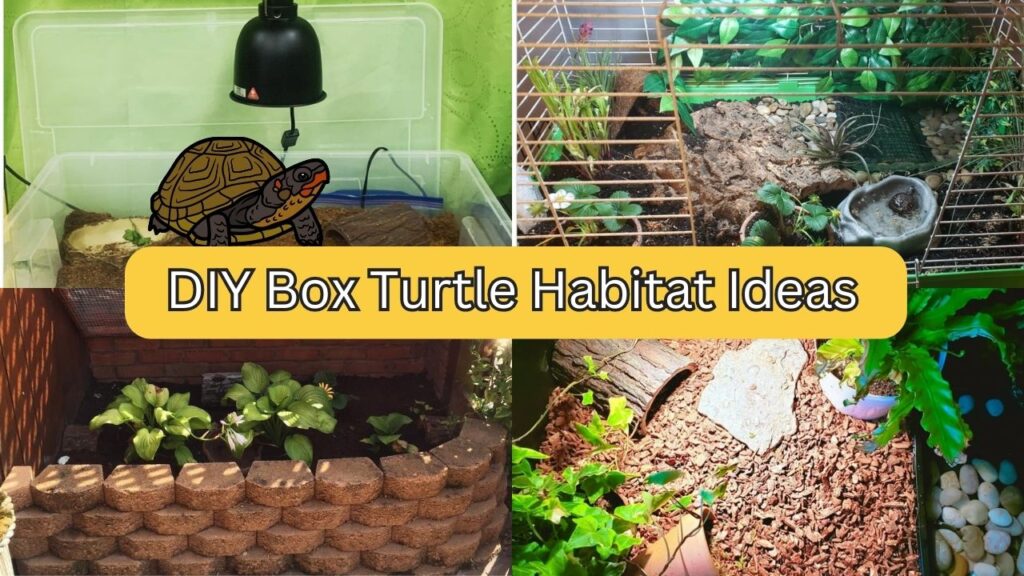
Maintaining Clean Water
Clean water is essential for the health and well-being of your pet turtle, especially if they are aquatic species. Here are some key points to consider when it comes to maintaining clean water in their habitat:
Understanding the Importance of Clean Water for Turtles
Clean water is crucial for maintaining good health in turtles. It helps prevent the build-up of harmful bacteria, fungi, and parasites that can cause infections or other health issues. Regular water changes and proper maintenance practices are essential to ensure the water remains clean and safe for your turtle.
Performing Regular Water Changes
Regular water changes are necessary to maintain clean water in your turtle’s habitat. The frequency and volume of water changes will depend on factors such as the size of the habitat, the number of turtles, and the filtration system in place. Typically, partial water changes should be performed every 1-2 weeks, removing and replacing about 25-30% of the water.
Monitoring Water Parameters
Regular monitoring of water parameters is important to ensure the water conditions are suitable for your turtle. Use a water test kit to check for parameters such as pH, ammonia, nitrites, and nitrates. These tests will help you identify any imbalances or issues with water quality and take appropriate measures to correct them.
Removing Waste and Debris
Regularly remove waste and debris from the water to maintain cleanliness. Use a fine net or siphon to remove uneaten food, feces, and other debris. This will help prevent the accumulation of organic matter that can contribute to water pollution and affect the health of your turtle.
Managing Turtle Health
Maintaining the health of your pet turtle is essential for their long and happy life. Here are some key points to consider when it comes to managing turtle health:
Regular Veterinary Check-ups
Schedule regular veterinary check-ups for your turtle to ensure they are in good health. A reptile veterinarian can conduct a thorough examination, provide vaccinations if necessary, and offer advice on proper care and nutrition for your turtle.
Recognizing Signs of Illness or Injury
Being able to recognize signs of illness or injury is crucial in managing your turtle’s health. Common signs of illness include loss of appetite, lethargy, abnormal behavior, changes in shell appearance, swollen eyes, or respiratory issues. If you notice any of these signs, seek veterinary attention as soon as possible.
Handling Parasites and Diseases
Parasites and diseases can affect the health of your turtle. Regularly check for external parasites, such as ticks or mites, and promptly address any infestations. Additionally, ensure proper hygiene practices to prevent the spread of diseases, both within the habitat and from external sources.
Administering Medications Safely
If your turtle requires medication, it’s essential to administer it safely and as directed by a veterinarian. Follow dosage instructions carefully and monitor your turtle’s response to the medication. Never use medications intended for other species or without veterinary guidance.
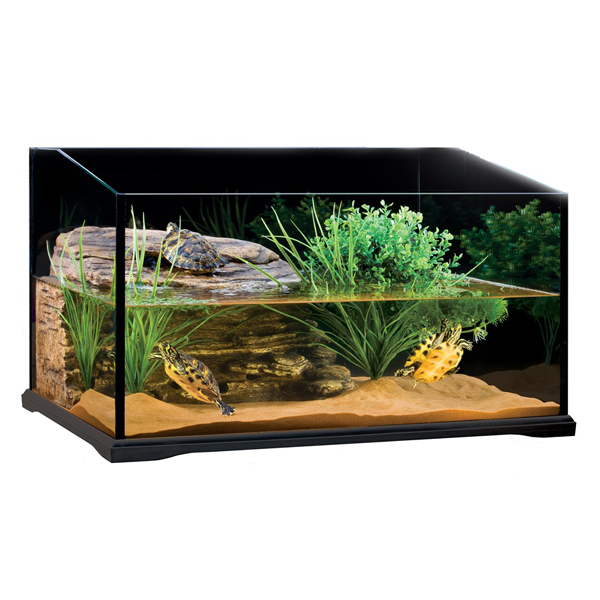
Ensuring Mental Stimulation
Mental stimulation is important for the overall well-being and enrichment of your pet turtle. Here are some tips to ensure they stay mentally stimulated:
Creating a Varied Environment
Provide a varied environment in your turtle’s habitat to promote mental stimulation. This can include adding different textures, hiding spots, and swimming areas. Change the layout and decorations periodically to keep things interesting and engage your turtle’s natural instincts.
Providing Toys and Enrichment
Offer a variety of safe toys and enrichment items for your turtle to interact with. Floating toys, sinking objects, and puzzle feeders can help keep your turtle mentally engaged and provide opportunities for exercise and exploration.
Organizing a Safe Outdoor Area
If weather and local regulations permit, providing a safe outdoor area for your turtle can offer additional mental stimulation. Construct a secure outdoor enclosure with appropriate fencing and protection from predators. Always supervise your turtle when they are outside and ensure they have access to shade, water, and hide spots.
Educating Yourself on the Species
Each turtle species has unique needs and behaviors, so it’s important to educate yourself on the specific requirements of your turtle. Here are some key points to consider:
Researching the Specific Needs of Your Turtle Species
Research and understand the specific needs of your turtle species. Temperature requirements, diet preferences, hibernation needs, and social behaviors can vary greatly between species. By educating yourself, you can provide the best possible care for your turtle.
Understanding Behavior and Lifespan
Understanding the behavior of your turtle species is important for their overall well-being. Some turtles are more social and active, while others may prefer solitude. Additionally, familiarize yourself with the average lifespan of your turtle species, as this will help you plan for their long-term care.
Learning About their Natural Habitat
Learning about the natural habitat of your turtle species can provide valuable insights into their care. Understanding their natural range, climate, and habitat preferences can help you recreate a suitable environment in captivity. This knowledge can also guide you in making adjustments to their habitat as they grow and develop.
